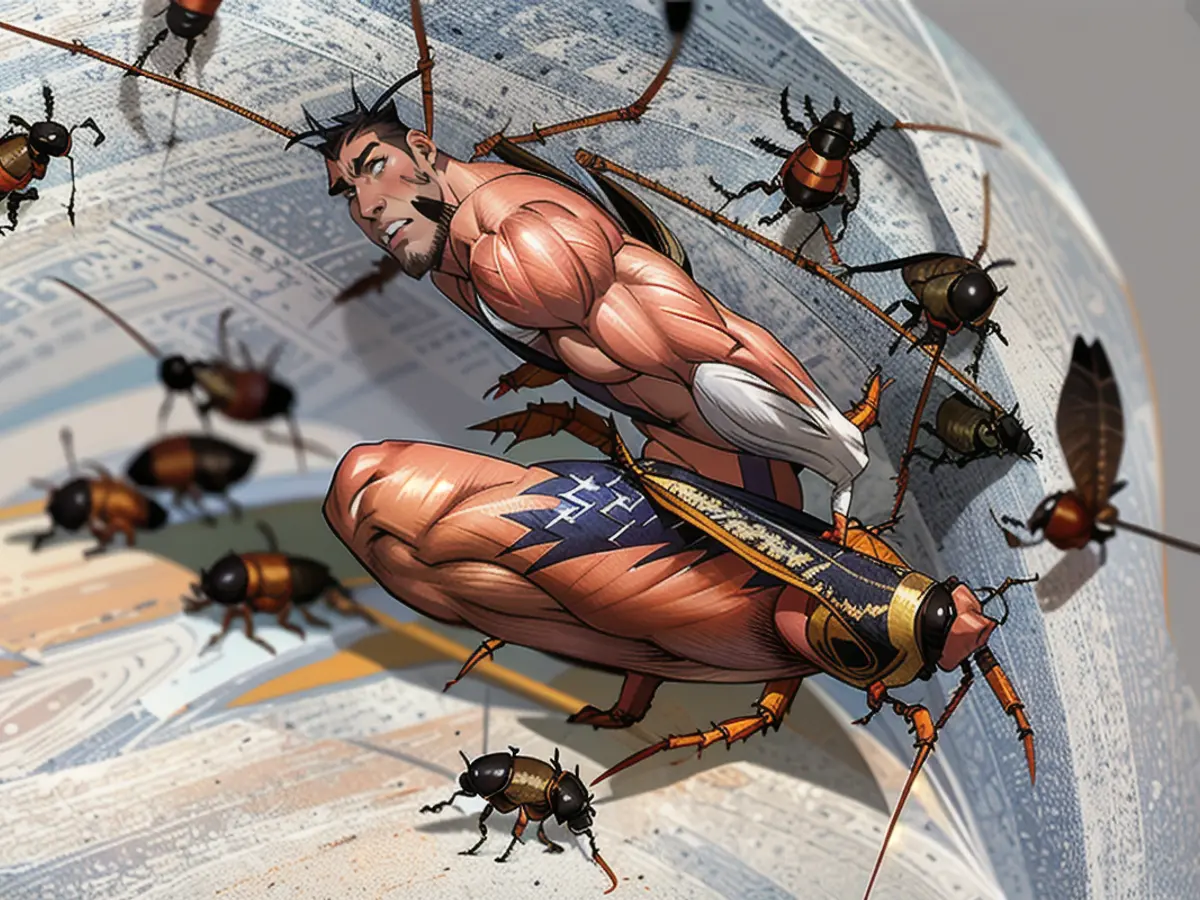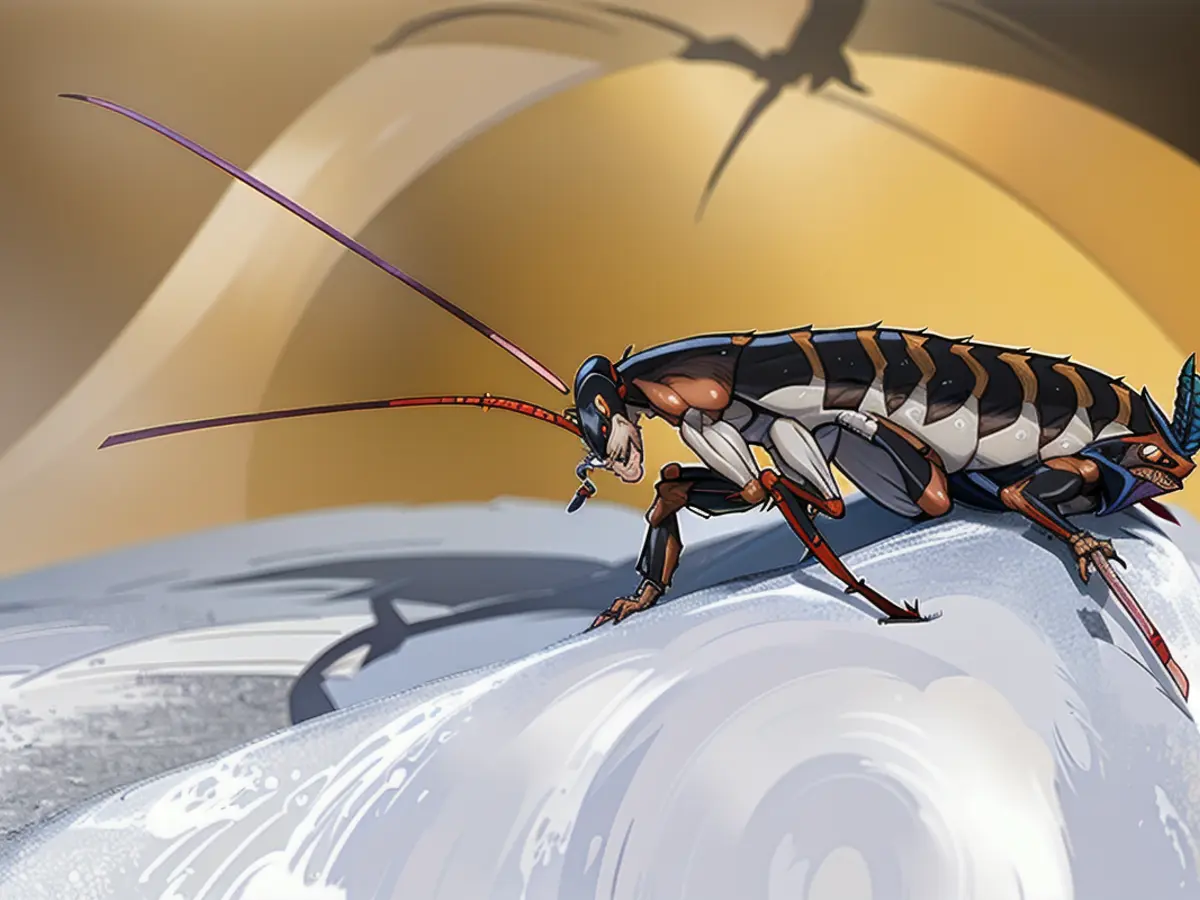Research uncovers surprising roots of cockroaches and the role in their global expansion.
In a study published on May 20 in the journal Proceedings of the National Academy of Sciences, it was revealed that the journey of cockroaches, from being scavengers in ancient Asian civilizations to living under modern-day kitchen floors, closely aligns with significant shifts in global trade, colonization, and war.
German cockroaches, or scientifically known as Blattella germanica, are a common species found in major cities worldwide. While their origins are unknown, they first appeared in European records over 250 years ago, resulting in their nickname.
To uncover how cockroaches managed to spread to different parts of the world, Tang and his team requested local specimens from scientists and pest control experts across 17 countries. They uncovered 281 German cockroach samples from 57 sites and analyzed their DNA to trace their evolution.
"Our objective was to showcase how a species can travel with humans and how genetics can add to historical records," explained Tang, an evolutionary biologist now working as a postdoctoral research associate at Harvard University.
Through genetic data, Tang was surprised to find out that German cockroaches' lineage dates back much further than Europe in the 18th century. They evolved from the wild Asian cockroach (Blattella asahinai) around 2,100 years ago.
Cockroaches and Trading Routes
Around this time, Tang and his colleagues speculate, farmers in what is now India or Myanmar started cultivating crops in the Asian roach's natural habitat. The insects then adapted by changing their diets to include human food and moved into human homes.
A thousand years later, as trade and military activities expanded between Southern Asia, the Middle East, and Europe, domestic cockroaches spread westward, likely traveling in soldiers' and travelers' food. Genetic analysis shows their first appearance in Europe around 270 years ago, which is close to when famed Swedish geneticist Carl Linnaeus mentioned them in 1776, only a decade after the Seven Years' War took place.
By the late 1800s, cockroaches made their way to the Americas.
"Insects are an integral part of our culture," stated Dr. Jessica Ware, curator of invertebrate zoology at the American Museum of Natural History in New York City, who wasn't involved in the research. "For a long time, we've known that humans are transporting lots of pest species. But to actually see this reflected in the genetic signature of these populations was very exciting."
Due to improvements in indoor plumbing and heating, the same factors that helped humans thrive have also created the perfect environment for cockroaches.
"Mankind created sewers beneath our cities — it's essentially a perfect buffet," said Ware.
Next, Tang plans to study the full genomes of his specimens to understand how German cockroaches have thrived in the human environment. "For instance, the German cockroach has insecticide resistance that's not detected in many other pests. How can they evolve so fast? Is it due to pre-existing traits in their genes, or has it become revealed because of human pressures?"
Additionally, Tang wants to study the social behaviors of cockroaches, which include communicating with each other about food sources. He's curious if this ability is a survival trait made possible by humans.
Amanda Schupak is a science and health journalist based in New York City.

Read also:
- This will change in December
- Dikes withstand water masses so far - Scholz holds out the prospect of help
- Fireworks and parties ring in 2024 - turn of the year overshadowed by conflicts
- Attacks on ships in the Red Sea: shipping companies avoid important trade route
The global spread of German cockroaches, as revealed by the study, closely followed significant historical events such as trade, colonization, and war. Today, German cockroaches can be found in major cities worldwide, living in homes and kitchens around the globe.
Source: edition.cnn.com







